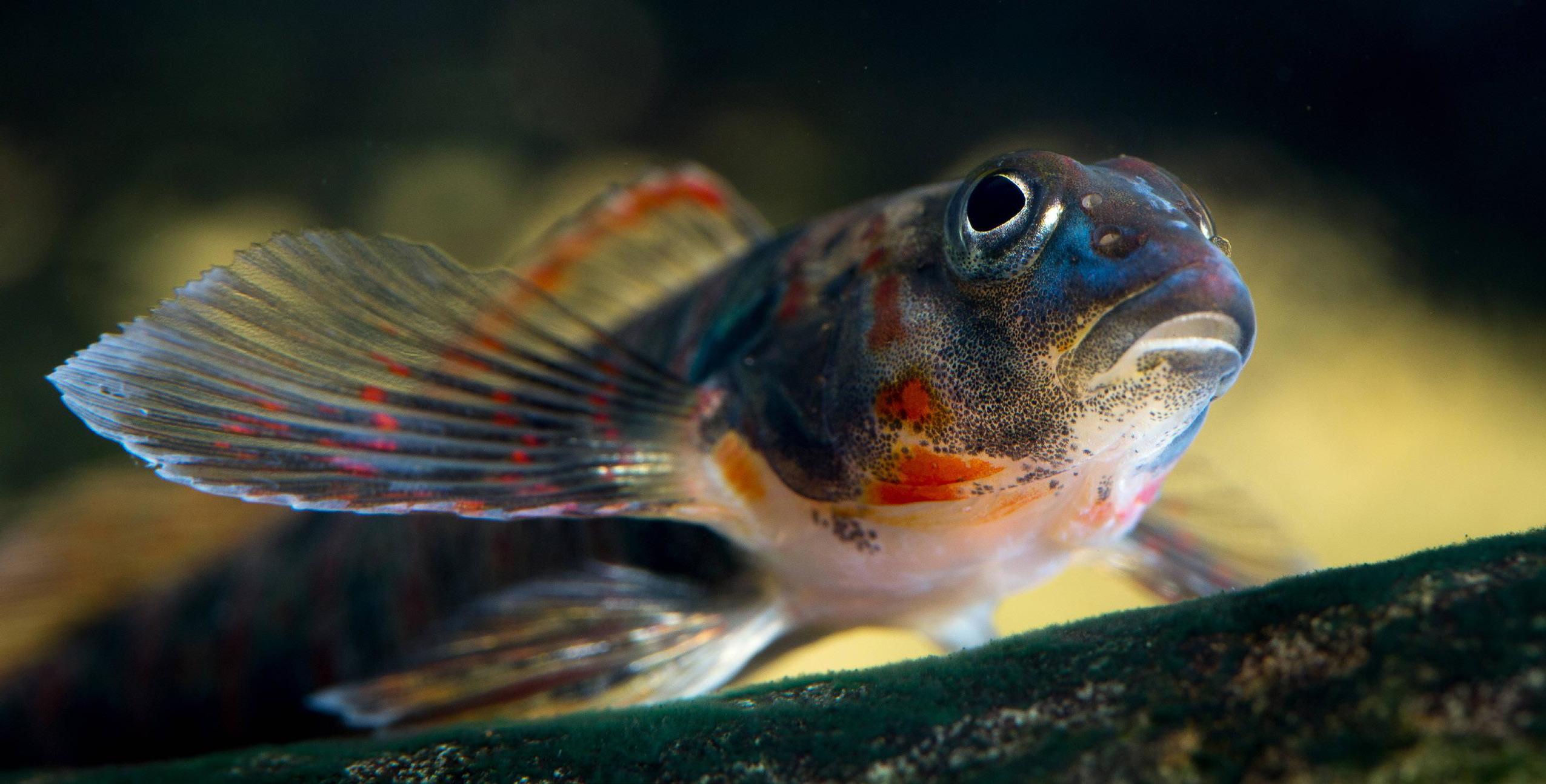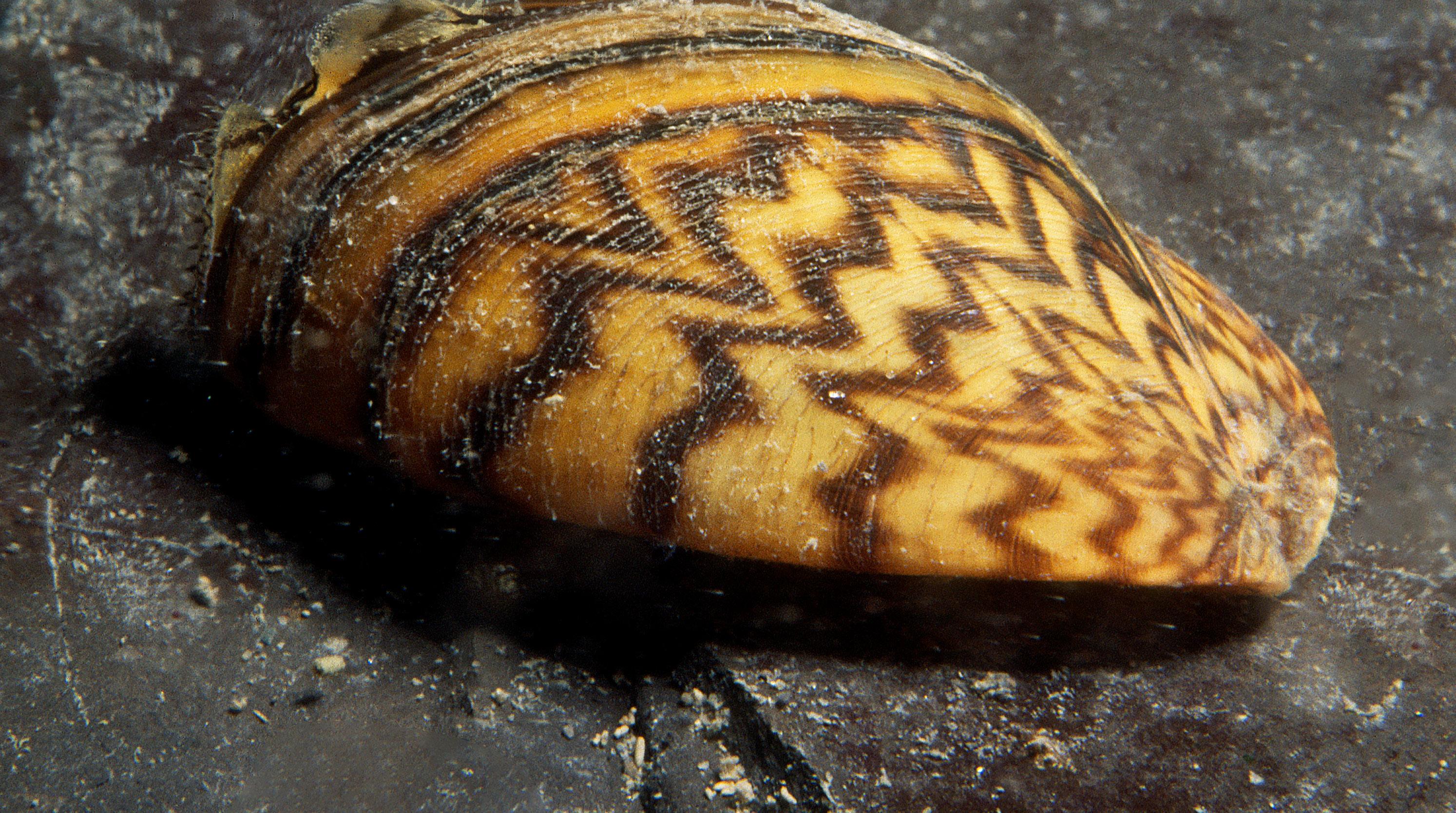
4 minute read
WHAT FLIES BENEATH
from Elements 2021 Vol. 1
by cecinc
CEC AIMS TO PROVIDE A TEMPLATE FOR IMPROVING SURVIVAL ODDS FOR BATS IN CLOSED MINES AND RAILROAD TUNNELS
Few of nature’s animals are as misunderstood as bats. Perhaps because of their nocturnal nature, secretive habits and unique appearance, not to mention superstitions — bats long have been misunderstood and often feared. Bats do, however, play an important role in a healthy ecosystem as well as a healthy economy. By eating insects, bats save U.S. agriculture billions of dollars per year in pest control. Many types of plants rely on bats for pollination and seed dispersal as well.
The biggest threat to our bats during hibernation is a fungal disease called whitenose syndrome (WNS), which has claimed the lives of more than 5 million bats since its discovery in 2006. Researchers call the disease WNS because of the visible white fungal growth on infected bats’ muzzles and wings. This cold-loving fungus infects bats during hibernation, when the bats reduce their metabolic rate and lower their body temperature to save energy over the winter. Hibernating bats affected by WNS wake up more frequently, which results in using up fat reserves and then starvation before spring arrives. Since many bats hibernate in the same caves over the winter, the fungus can decimate an entire bat colony, once established.
A winter bat hibernacula survey takes place at the Casparis Mine in Fayette County, Pa.
PARTNERING TO SAVE BATS
CEC is working in collaboration with the Pennsylvania Game Commission (PGC) and CNX Gas Company (CNX) to enhance bat habitat at three previously closed mines and one abandoned railroad tunnel located in southwestern and northeastern Pennsylvania. Those mines and the tunnel are being used as bat hibernacula — spaces where bats hibernate during the winter months.
Bats of the Northeast have specific requirements for temperature and humidity in their hibernacula. Research has shown that the fungus that causes WNS grows best within a temperature range of 54.5 to 60.4 degrees Fahrenheit. PGC has recently observed bats occupying cooler areas of caves and mines during hibernation, in a possible response to combat WNS.
Therefore, PGC has hypothesized that by having greater control over the temperature of hibernacula, they can provide winter hibernating conditions suitable for bats but below the optimum growth temperature of the fungus, thus increasing the bats’ chances of survival.
The key to providing cooler caves for hibernation is to locate the warmer areas (or “heat sinks”) of the hibernacula and provide a release of the warmer air. Theoretically, this cooling process would benefit all species of bats that use the hibernacula. However, it is also the intent to target bat species that are especially vulnerable, such as the federally endangered Indiana bat (Myotis sodalis).
MAPPING IT OUT
In order to achieve the objective of cooling warmer areas of the hibernacula, potentially warmer areas would first be identified by mapping the internal workings of the mines and tunnel. Once identified, vents would be installed by drilling from the surface into those warm areas. The vents would release the warm air, thus producing a cooler environment.
Prior to the mine mapping, CEC ecologists assisted PGC in conducting a winter survey in one of the mines to locate and identify bat species currently occupying the abandoned mine. Individual bats were identified, and rock temperatures near the bats were recorded in an effort to document roosting preferences. It became clear that the majority of bats preferred to roost in cooler areas of the mine.
CEC performed the mapping using Light Detection and Ranging (LiDAR) surveys within each mine and tunnel. CEC prepared floor and roof topographical mapping as well as overall site maps of the mine and tunnel locations. These data were required to correlate underground workings to surface locations where drilling is proposed to occur.
The PGC is currently waiting for additional funding to install the vents within the mines and tunnel. Once the vents are installed, internal cave temperatures will be monitored in an attempt to create optimal conditions for hibernating bats.
The collaboration between CEC, CNX and PGC represents a unique partnership that tackles a significant ecological problem. These projects incorporate current technology along with detailed scientific data relating to bats and their preferred habitats. If successful, these projects may serve as a template to use at other mines throughout the state and/or country and would give these flying mammals a much-needed boost for survival.
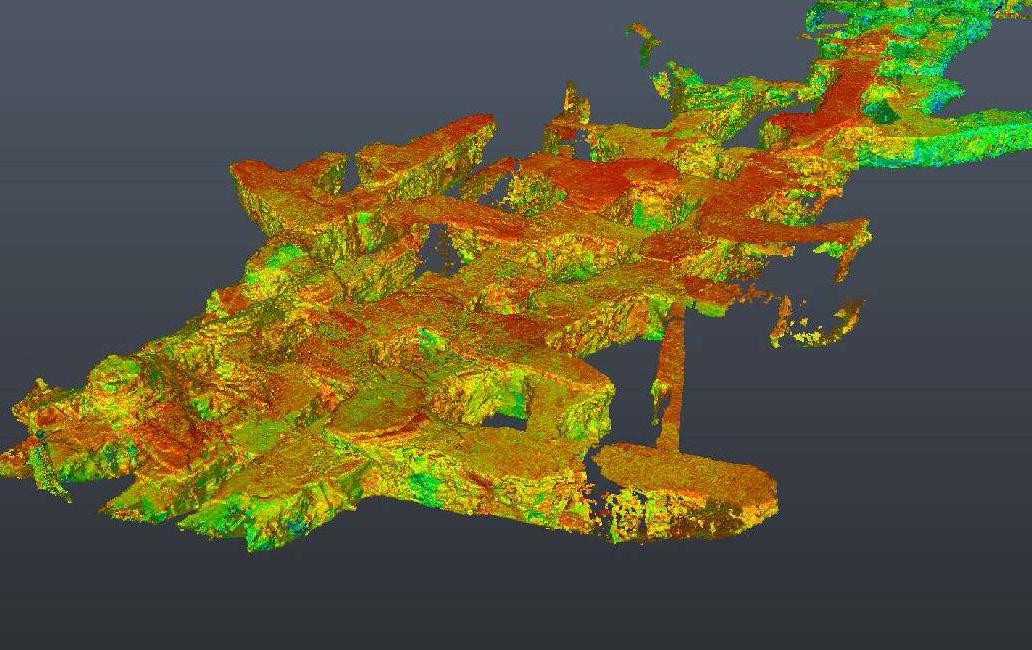
CEC used a Leica P20 Terrestrial Laser Scanner to create a 3D map of the depths and locations of caves. This is a point cloud of the Dunbar Mine.
Note: At the time of this article, PGC had also requested a proposal to provide LiDAR mapping within the Indian Caverns located in Spruce Creek, Pa. The Indian Caverns are the largest karst limestone cave in Pennsylvania and had been a tourist attraction until its closure in 2018.
In case you missed it ... ICYMI
A look back at regulatory updates
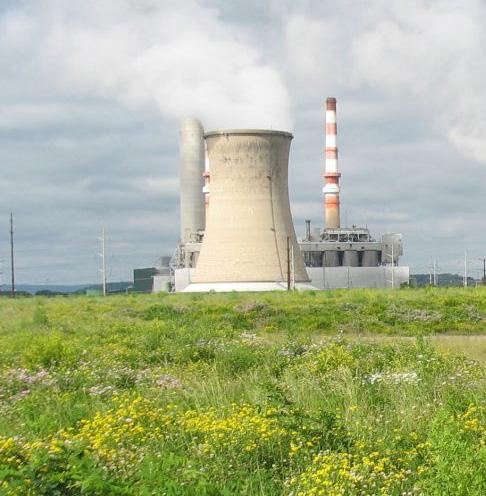
We’re always monitoring the regulatory landscape so we can keep you up to speed on important changes and impacts you need to know about.
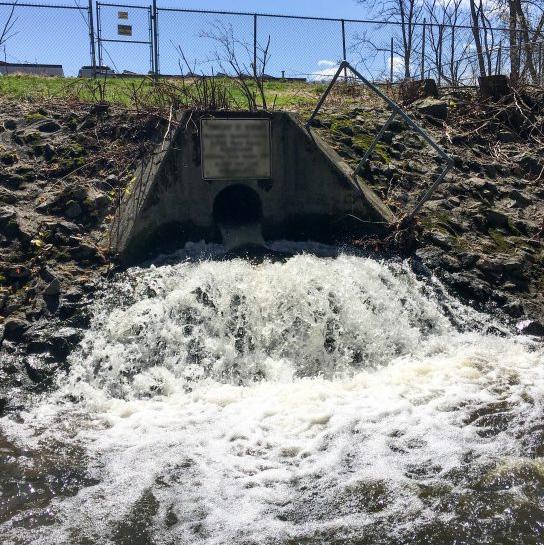
Here, we’ve collected a couple of our recent regulatory-related posts from our blog, just in case you missed them. We send our clients regulatory updates via eblast, but we invite everyone to subscribe to our blog!
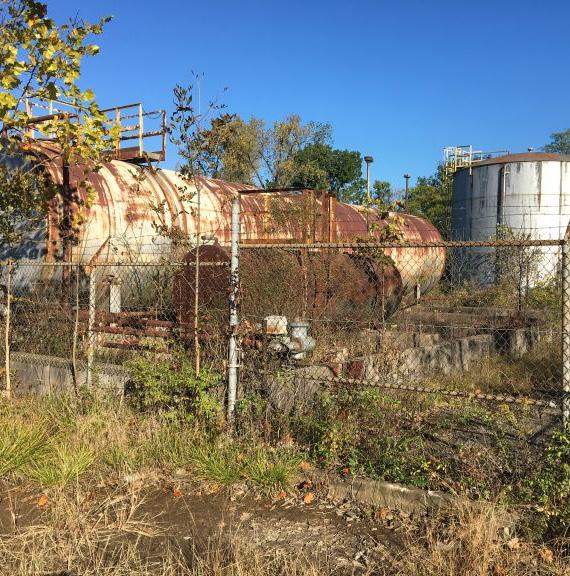
cecinc.com/blog
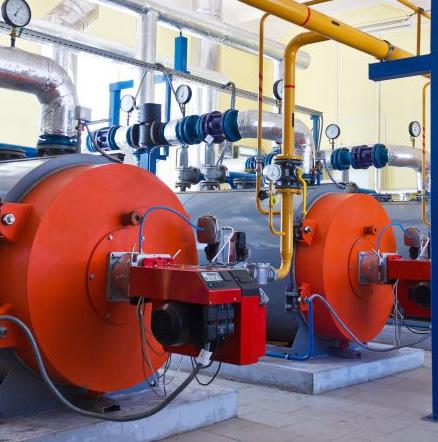
U.S. EPA RECOMMENDS INTERIM PFAS STRATEGY FOR NPDES PERMITS NEW JERSEY’S NEW ENVIRONMENTAL JUSTICE LAW REQUIRES EVALUATION OF IMPACTS TO OVERBURDENED COMMUNITIES FOR SOME PERMITS
U.S. EPA PROPOSES CHANGES TO THE BOILER MACT RULE OHIO LAW PASSED TO SPUR REDEVELOPMENT OF BROWNFIELD SITES
CEC SKED



